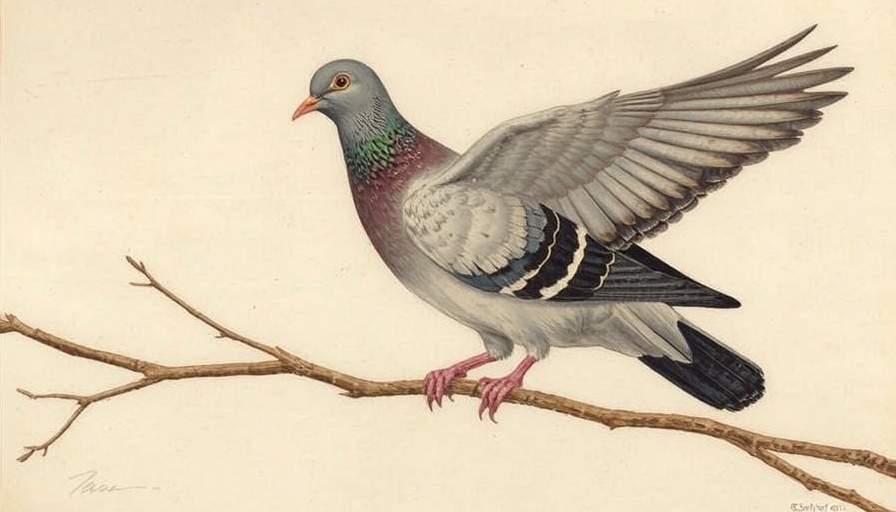
The Incredible Vision of Eagles
Phrases like "eagle eye" commonly refer to someone with sharp vision or perception. But in the case of actual eagles, this term is quite literal. An eagle's eyes are not only remarkable for their sharpness, but they can also weigh more than the eagle's brain! This astonishing fact speaks volumes about the evolutionary adaptations that make these birds some of the most skilled hunters in the avian world.
Secrets Behind Their Sight
The secret to an eagle's exceptional vision lies in the density of visual cells, specifically rods and cones, found in their retinas. These cells play a crucial role in how they perceive the world around them. In eagles, the density of these cells can be five times greater than that of a typical human. This heightened sensitivity allows them to capture details and colors that remain hidden from our eyes.
How Eagles Spot Prey
Imagine soaring 10,000 feet in the air with an expansive view of the land below. Eagles can spot movements, like that of a rabbit, from over a mile away—an ability that is crucial for their survival. If you were driving at 40 miles per hour, it would be as if you could look back and see precisely where you began, catching sight of that same rabbit with ease.
The Role of Habitat and Conservation
Understanding the dynamics of eagle vision not only showcases the beauty of nature but also highlights the importance of conserving their habitats. Eagles rely on expansive, undisturbed areas to hunt effectively. Conserving their environment ensures that these majestic birds continue to thrive and maintain their role in the ecosystem. Organizations like BirdNote advocate for awareness and protect these habitats, ensuring future generations can marvel at the beauty of these remarkable creatures.
Final Thoughts on Eagle Vision
The vision of an eagle encapsulates nature's brilliance and the intricate relationships of life within ecosystems. It serves as a reminder of the wonders around us and the importance of preserving them. As we admire the agility and prowess of these birds, let’s also take initiative in conservation efforts, safeguarding their habitats for years to come.
 Add Row
Add Row  Add
Add 




Write A Comment